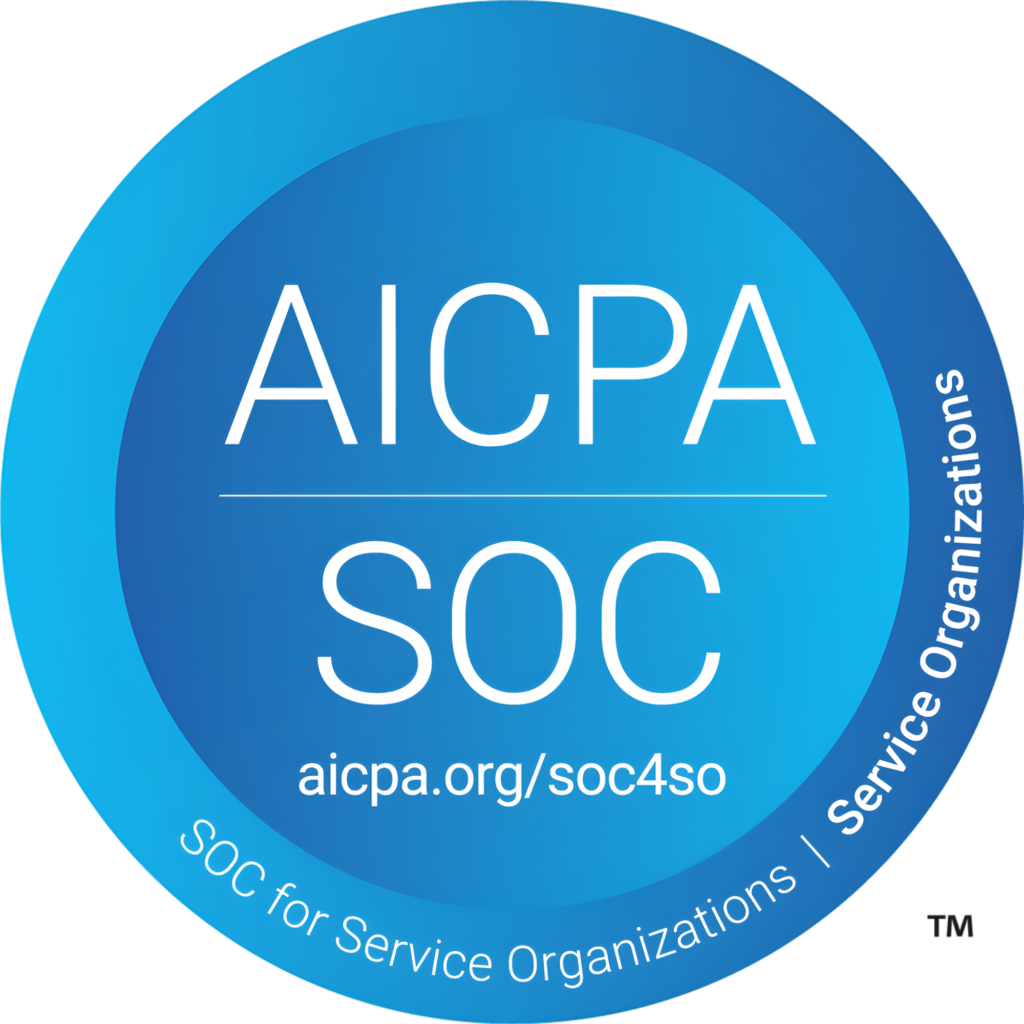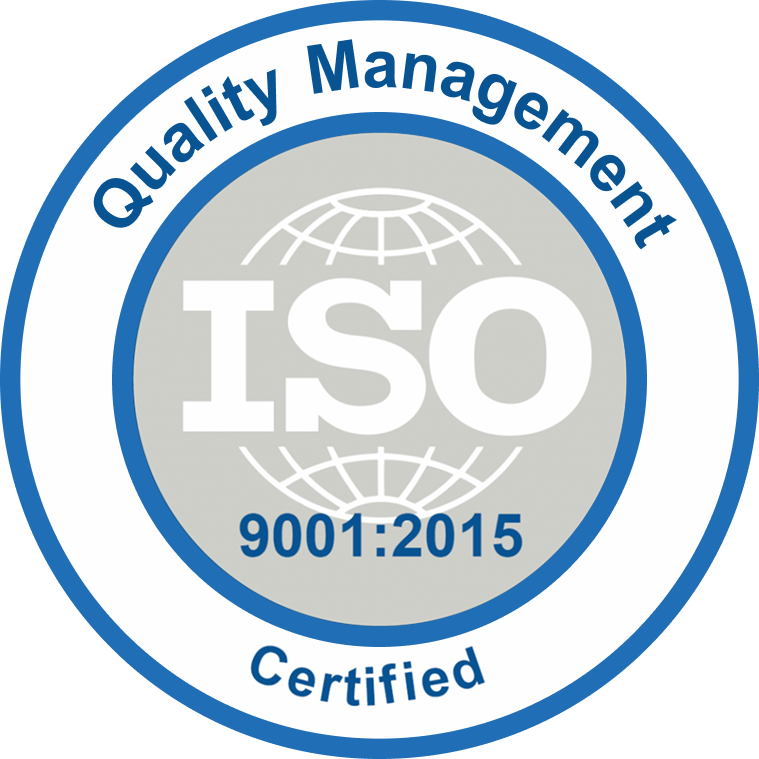The difference between these mobile management technologies might have lessened in control factor but if deployment of strategy can cost a company huge loss either in the form of finance or loss of employee satisfaction.
There lie some basic differences between these products, which have emerged for addressing the problems pertaining mainly to privacy and data security. Once the difference between these tools is better understood by any company, adoption of a wrong plan and enforcing it on the company could be avoided.
Mobile Device Management (MDM), is all about remote management of devices that would allow the users to perform certain prescribed tasks on their tablets or phones. This tool allows the IT department the chance to manage, track and secure any device that is either owned by an employee or corporate entity. Every device or employee would typically have a profile, unique to them and their respective tasks.
It also helps in wiping data in case of device being stolen or lost. Enrollment, device provisioning and location tracking are some of the MDM features. Through MDM, companies could configure and provision Wi-Fi access, install and manage various apps and address to the device related problems. If viewed from the security standpoint, it was initially viable but employee feasibility was not satisfied and gave rise to emergence of BYOD (Bring Your Own Device) strategy. MDM not only proved to be overly invasive but also turned wasteful for many companies.
The fast growth of mobile applications markets, smart phone and the pressing need for data security was the reason behind the creation of Mobile Application Management (MAM). The basic difference separated MAM from MDM was that the former’s application was restricted to only specific applications on a device instead of the whole device itself. Corporate emails are the most widely deployed form of MAM and employees in many occasions are given access to applications like cloud storage, sales support etc.
MAM allows restricted usage of “copy” and “paste” following the security trends. MAM, allowed the IT to have a control on just the features of the applications and losing or damage to device or in any other case, the application access and business data could alone be removed keeping the personal info intact. There seemed to be a balanced settlement between employees and the employers without data manipulation or interference in employee privacy. But when put into use, the response was not so great as the tool couldn’t be easily pushed for supporting most of the applications in the native store.
Crossing these two above stages, mobility management reached the stage of EMM (Enterprise Mobility Management). EMM is the combination of MDM and MAM solutions furnished with a secure container keeping the business data secure. It is known to be all-inclusive, regulating access to corporate apps, internal websites and the associated data silos. This solution allowed a business to configure remotely and managing devices through both MAM and MDM. It also provided policy compliance, data and document security, app customization to incorporate into network directory services.
The shift from MDM to EMM has been quite fast with more and more organizations realizing the need to safeguard their network and ensuring data compliance. With novel progressive technologies hitting the global market, we are witnessing the world moving towards a new set of EMM, which is Unified Endpoint Management (UEM). UEM equips IT to remotely provision, control and secure everything ranging from cell phones, tablets, laptops, desktops and Internet of Things (IoT) devices as well. The UEM tools are fast catching up in being more advanced and has the capability to manage a variety of mobile devices and PCs with a single platform and brings hardware under a single management strategy.
All these mobility management tools can be quite overwhelming in the first glance and confusing too. In-depth clear understanding of the same would allow the organizations to zero down on the choice of right set of management tools for their mobility strategy. UEM is a relatively new discipline under the mobility management umbrella and is being viewed superior in terms of offering technological solutions when compared to EMM and MDM. The UEM solution carries extensive potential to transfigure the enterprise mobility by radically reducing capex and operational costs and uniting and handling expanded endpoints irrespective of the time and place.

